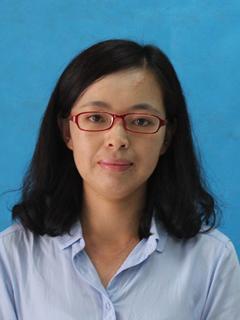Probabilistic solutions of nonlinear oscillators excited by combined colored and white noise excitations
Affiliation of Author(s):
土木工程学院
Journal:
Communications in Nonlinear Science and Numerical Simulations
Key Words:
中文关键字:FPK 方程;彩噪声;过滤高斯过程;窄带白噪声斯,英文关键字:Fokker-Planck-Kolmogorov (FPK) equation; Colored n
Abstract:
In this paper, single-degree-of-freedom (SDOF) systems combined to Gaussian white noise and Gaussian/non-Gaussian colored noise excitations are investigated. By expressing col- ored noise excitation as a second-order filtered white noise process and introducing col- ored noise as an additional state variable, the equation of motion for SDOF system un- der colored noise is then transferred artificially to multi-degree-of-freedom (MDOF) sys- tem under white noise excitations with four-coupled first-order differential equations. As a consequence, corresponding Fokker-Planck-Kolmogorov (FPK) equation governing the joint probabilistic density function (PDF) of state variables increases to 4-dimension (4-D). Solution procedure and computer programme become much more sophisticated. The exponential-polynomial closure (EPC) method, widely applied for cases of SDOF systems under white noise excitations, is developed and improved for cases of systems under col- ored noise excitations and for solving the complex 4-D FPK equation. On the other hand, Monte Carlo simulation (MCS) method is performed to test the approximate EPC solutions. Two examples associated with Gaussian and non-Gaussian colored noise excitations are considered. Corresponding band-limited power spectral densities (PSDs) for colored noise excitations are separately given. Numerical studies show that the developed EPC method provides relatively accurate estimates of the stationary probabilistic solutions, especially the ones in the tail regions of the PDFs. Moreover, statistical parameter of mean-up cross- ing rate (MCR) is taken into account, which is important for reliability and failure analysis. Hopefully, our present work could provide insights into the investigation of structures un- der random loadings.
Note:
NFSC No. 11502187 and No. 51478382 .
